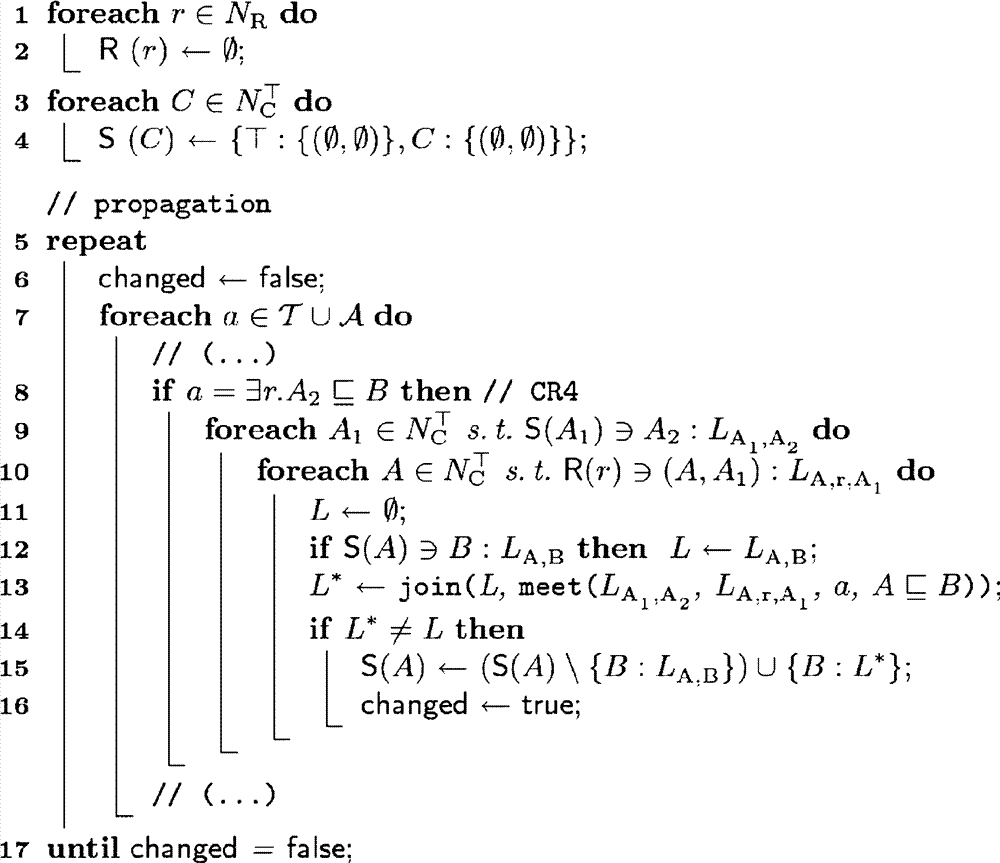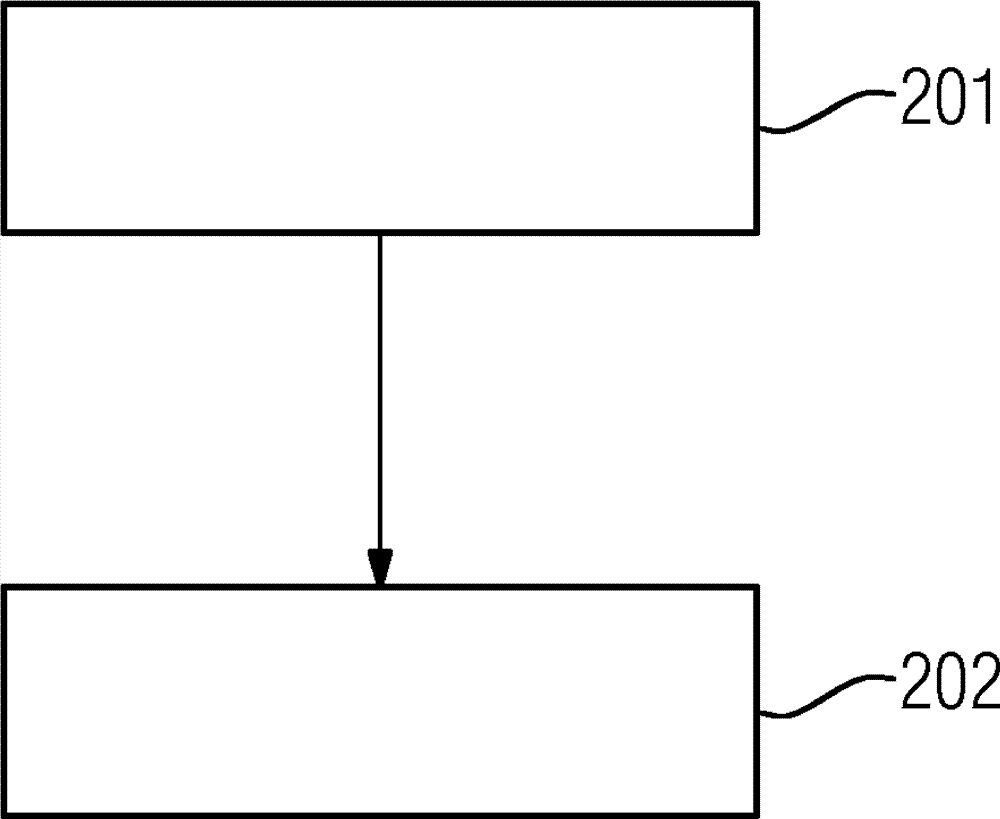Actuation of a technical system
A technology system, problem technology, applied in general control systems, control/regulating systems, testing/monitoring control systems, etc., that can solve problems such as limiting the actual availability of information interpretation, lack of observation, and lack of consideration
- Summary
- Abstract
- Description
- Claims
- Application Information
AI Technical Summary
Problems solved by technology
Method used
Image
Examples
Embodiment Construction
[0066] The solution recommended here includes, inter alia, the following steps:
[0067] (1) The definition of logic-based abductive reasoning is formally relaxed in order thereby to obtain important properties of the defined problem (such as the verifiability of assertions about the existence and correctness of solutions, etc.).
[0068] In particular the problem of abductive reasoning for certain relaxations (see later: Definition 3). Based on the two preference ranks with respect to the set of observations or the set of hypotheses, the "optimized" pairs (also called tuples) should now be determined (in ), making the theory together with the set of hypotheses explain the observation together ,formal: .
[0069] This expresses the intuitive scheme: to explain as many observed observations as possible with as few assumptions as possible, optimizing here corresponds to Pareto optimization involving two preference ranks (since maximization of observations and minimiz...
PUM
 Login to View More
Login to View More Abstract
Description
Claims
Application Information
 Login to View More
Login to View More - R&D
- Intellectual Property
- Life Sciences
- Materials
- Tech Scout
- Unparalleled Data Quality
- Higher Quality Content
- 60% Fewer Hallucinations
Browse by: Latest US Patents, China's latest patents, Technical Efficacy Thesaurus, Application Domain, Technology Topic, Popular Technical Reports.
© 2025 PatSnap. All rights reserved.Legal|Privacy policy|Modern Slavery Act Transparency Statement|Sitemap|About US| Contact US: help@patsnap.com



